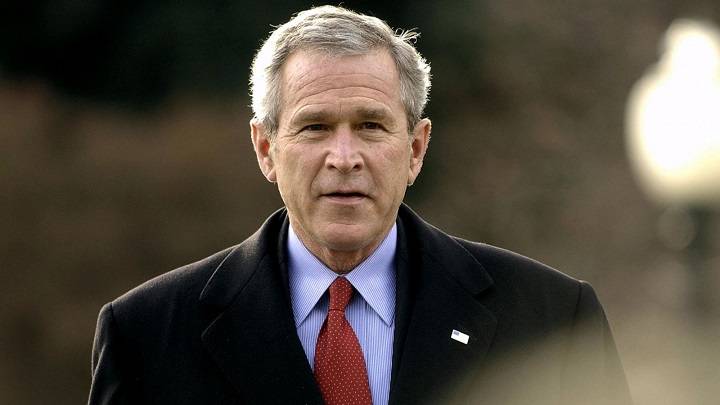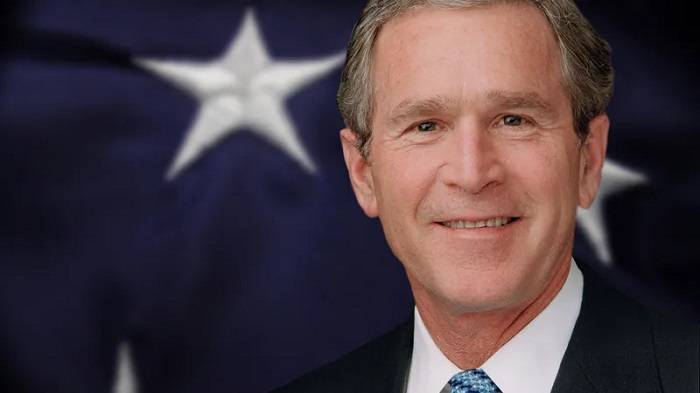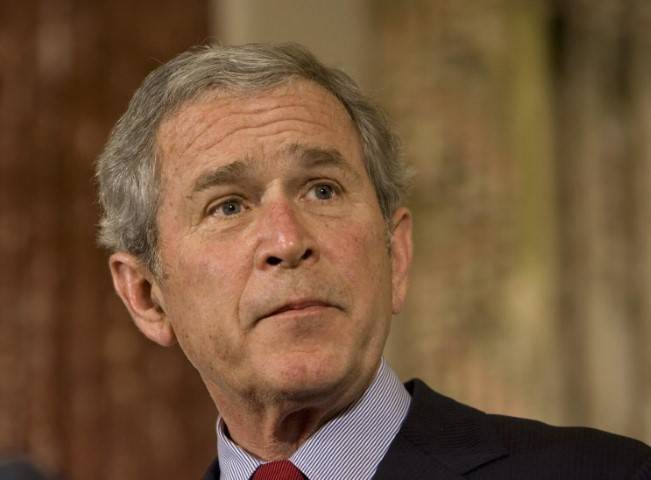George W. Bush, the 43rd President of the United States, is a figure whose time in office is still analyzed and debated. Serving from 2001 to 2009, his presidency was marked by significant events, including the 9/11 terrorist attacks, the wars in Afghanistan and Iraq, and the financial crisis of 2008. Understanding Bush’s presidency requires examining his age at the time of his presidency, the strategies he implemented, his performance in office, and the benefits (or consequences) that resulted from his decisions. This comprehensive guide explores these facets in detail, providing insights into Bush’s leadership and legacy.
Age and Early Life
George W. Bush was born on July 6, 1946, in New Haven, Connecticut. He came from a prominent political family; his father, George H.W. Bush, served as the 41st President of the United States. George W. Bush’s age when he assumed the presidency was 54, which placed him among a group of relatively young U.S. presidents. His early life was marked by a privileged upbringing, with a strong emphasis on public service, education, and a close-knit family environment.
Before becoming president, Bush’s career included time in the oil industry and as the owner of the Texas Rangers baseball team. His entry into politics saw him serving as the Governor of Texas from 1995 to 2000. These experiences shaped his worldview and leadership style, characterized by a combination of business pragmatism and a folksy, down-to-earth communication approach.
Presidential Strategies
George W. Bush’s presidency can be divided into two major phases: the pre-9/11 period and the post-9/11 era. Each phase was defined by different strategies and policy focuses.
Pre-9/11 Strategies
Before the September 11 attacks, Bush’s domestic agenda was focused on education reform, tax cuts, and a strong stance on faith-based initiatives. One of his first major legislative achievements was the No Child Left Behind Act, which aimed to improve educational standards across the U.S. This act was built on principles of increased accountability for schools, expanded school choice for parents, and an emphasis on reading and early childhood education.
Bush also pursued significant tax cuts, arguing that reducing taxes would stimulate economic growth. The Economic Growth and Tax Relief Reconciliation Act of 2001 was one of the largest tax cuts in U.S. history, and it aimed to return budget surpluses to the taxpayers while promoting economic expansion.
Post-9/11 Strategies
The terrorist attacks on September 11, 2001, dramatically shifted the focus of Bush’s presidency. His strategies became dominated by national security concerns, leading to the launch of the War on Terror. This strategy had two primary components: the invasion of Afghanistan to dismantle al-Qaeda and remove the Taliban from power, and the invasion of Iraq in 2003, which was justified by the alleged presence of weapons of mass destruction (WMDs).
Domestically, the post-9/11 era saw the creation of the Department of Homeland Security and the implementation of the USA PATRIOT Act, which expanded law enforcement’s surveillance and investigative powers. These measures were aimed at preventing future terrorist attacks and improving the nation’s intelligence capabilities.
Performance in Office
The performance of George W. Bush’s administration is often viewed through the lens of these key events and decisions. His handling of the post-9/11 landscape, foreign policy decisions, and response to domestic challenges are critical in evaluating his presidency.
Foreign Policy
Bush’s foreign policy is perhaps the most defining aspect of his presidency. The wars in Afghanistan and Iraq were controversial and remain debated today. The invasion of Afghanistan was widely supported initially, as it was directly related to dismantling al-Qaeda and capturing Osama bin Laden. However, the prolonged military engagement and challenges in nation-building led to questions about the effectiveness of U.S. strategy.
The Iraq War, initiated in 2003, is even more contentious. The justification for the invasion, based on the existence of WMDs, was later discredited, leading to significant criticism of Bush and his administration. The war led to a protracted conflict, loss of lives, substantial economic costs, and regional instability. However, supporters argue that removing Saddam Hussein’s regime had its merits and that the decision was made with the information available at the time.
Domestic Policy
Domestically, Bush’s tax cuts were initially popular and credited with stimulating economic growth in the early 2000s. However, critics argue that these cuts disproportionately benefited the wealthy and contributed to the federal deficit. His education reform, the No Child Left Behind Act, was seen as a step forward in educational accountability but faced criticism for its emphasis on standardized testing and lack of funding for mandates.
Bush’s second term saw significant challenges, including the response to Hurricane Katrina in 2005, which was widely criticized for its lack of preparedness and slow federal response. The financial crisis of 2008 also marked his presidency’s final months, with the administration’s response involving bailouts and economic intervention that were unpopular with many conservatives but deemed necessary to prevent a deeper economic collapse.
Benefits and Consequences
The benefits and consequences of George W. Bush’s presidency are still being analyzed and understood today. His presidency had a lasting impact on U.S. foreign and domestic policy, with several positive outcomes and significant drawbacks.
Benefits
- Strengthened National Security: In the immediate aftermath of 9/11, Bush’s policies were credited with preventing further large-scale terrorist attacks on American soil. The establishment of the Department of Homeland Security and the increased focus on intelligence and security operations were seen as necessary measures to protect the nation.
- Education Reform: The No Child Left Behind Act, despite its controversies, brought national attention to educational standards and accountability. It initiated important conversations about the role of the federal government in education and set the stage for subsequent reforms.
- Economic Stimulus: The tax cuts implemented during Bush’s presidency provided short-term economic relief and increased disposable income for many Americans. They were part of a broader economic strategy aimed at stimulating growth during periods of economic downturn.
Consequences
- Prolonged Conflicts in the Middle East: The wars in Afghanistan and Iraq had significant human, financial, and geopolitical costs. The loss of American and civilian lives, the financial burden of prolonged military engagements, and the destabilization of the Middle East are often cited as major consequences of Bush’s foreign policy.
- Increased National Debt: Bush’s tax cuts, coupled with increased military spending, contributed to a rise in the national debt. The combination of reduced revenue and increased expenditure challenged future administrations and limited fiscal flexibility.
- Domestic Discontent and Polarization: Bush’s handling of Hurricane Katrina and the financial crisis, along with contentious foreign policy decisions, contributed to domestic discontent and political polarization. His approval ratings saw significant declines, particularly in his second term, reflecting the public’s reaction to his administration’s actions and policies.
Related Post:
Dwight Howard: A Comprehensive Guide to His Strategies, Performance and Benefits
Tony West: A Comprehensive Guide to Their Strategies, Performance and Benefits
Joey Lawrence: A Comprehensive Guide to His Strategies, Performance and Benefits
George W. Bush’s presidency remains a subject of significant debate and analysis. His age and background provided a foundation for his leadership style, while his strategies, both domestic and foreign, shaped the trajectory of the United States in the early 21st century. The performance of his administration, marked by critical events such as 9/11, the wars in Afghanistan and Iraq, and the financial crisis, has left a complex legacy of benefits and consequences.
While some view his presidency as a period of necessary action in response to unprecedented challenges, others critique the long-term impacts of his policies, particularly in foreign affairs and fiscal management. Ultimately, the legacy of George W. Bush continues to evolve as historians, political analysts, and the public reflect on his time in office and its lasting effects on the nation and the world.




